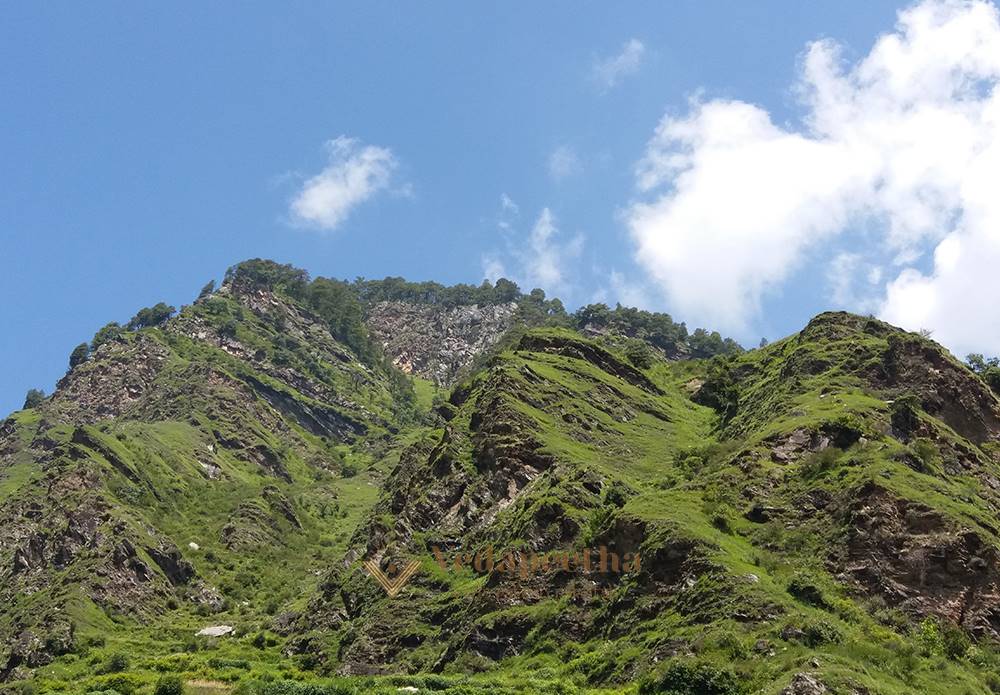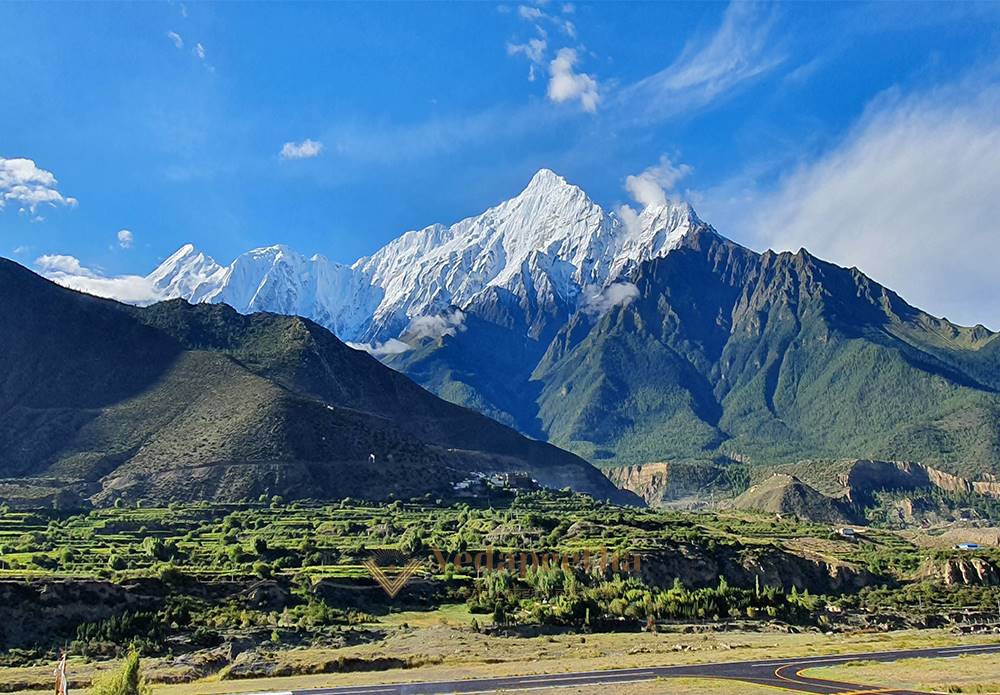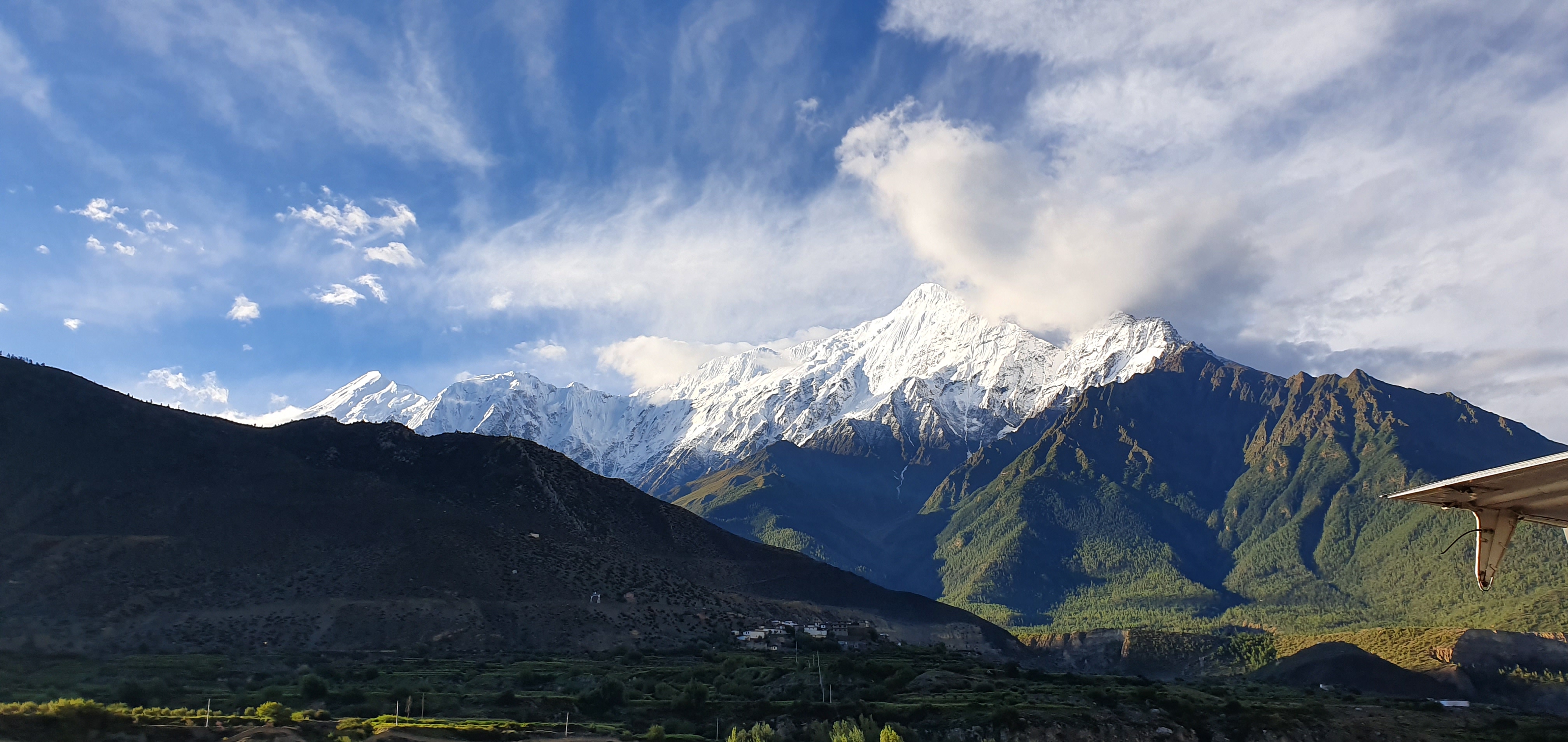Vedic Ṛṣis
Vedic Ṛṣis
The seers or Ṛṣis in the Bharat-Indian mythology are described as of variant types. They are Mantradraṣṭā (Seer), Purohita (Royal priest), Kavi (Learned man), Guru (Teacher) and Muni [doer of penance]. The Ṛṣis are classified in to different categories also. They are Brahmaṛṣi,Devarṣi, Mahaṛṣi, Paramarṣi, Kāṇḍarṣi, Śrutarṣi, and Rājaṛṣi. Vedic literature, Purāṇic literature, Epic literature and Classical literature treat these Ṛṣis with different aspects. Their genealogy found in such works also has some differences. The Gōtras of these Ṛṣis are also famous. There are different Ṛṣikulas in Bharat-Indian mythology.
Ṛṣis
The word Ṛṣi may be defined in Vedic context as the composer or seers of Vedic hymns. They are also called the Mantrakṛt or Mantradraṣṭā. Rigveda Saṁhitā gives the word meaning of Ṛṣi as Mantradraṣṭā (1.48.1; 66.2; 5.29.1etc.) Atindriyarthadraṣṭā (1.10.11;162.7; 179.6 etc.) Sarvadraṣṭā (6.14.2; 9.66.20; 107.7) etc. Brahmans also give the word meaning of Ṛṣi. Śatapatha Brāhmaṇa says, (Śatapatha Brāhmaṇa 6.1.1.1.), “in the beginning there was here the non – existent. As to this they say, ‘What was that non – existent?’ The Ṛṣis, assuredly, - it is they that were the non – existent. As to this they say, ‘Who were those Ṛṣis?’ The Ṛṣis, doubtless, were the vital airs: in as much as before (the existence of) this universe, they, desiring it, wore themselves out (Rish) with toil and austerity, therefore (they are called) Ṛṣis.”
The word Ṛṣi is derived from the root Rish having the meaning movement. Matsya Purāṇa gives that the Ṛṣi denotes himsa and movement. He who has acquired Brahmajñāna, truthfulness, learning, Tapasya and knowledge of the sastras is Ṛṣi. The word Ṛṣi means one of Supreme excellence according to the Matsya Purāṇa. In Vedas, we can see many names of Risis, especially seven categories of the Ṛṣis. All the Vedic Risis can be classified in to these categories, and they are Brahmarṣi, Devarṣi, Mahaṛṣi, Paramarṣi, Kāṇḍarṣi, Śrutarṣi and Rājaṛṣi. The Brahmarṣis are those who are living in Brahmaloka. The examples of Brahmarṣi are Vasiṣṭha, Agasthya and Bharadvāja. The Devarṣis are those in whom the Devas (Gods) reside some of the Devarṣis are Káṇva and Mārkaṇḍeya.
The Mahaṛṣis are those who great because of their courage, qualities etc. Vyāsa is one among the Mahaṛṣis. The Paramarṣis are those who attained the utmost high position due to their meditating power. The example of Paramarṣi is Bela. Kāṇḍarṣis are those who are heads or the propounders of Khaṇḍas in Vedas. Jāmadagni, Prajāpati are some apt examples of Kāṇḍarṣi. Śrutarṣi are those who became Ṛṣis by continuously hearing Vedas. Suśruta is a Śrutarṣi. The Rājaṛṣis are those who are both Ṛṣis and kings. The examples of Rājaṛṣi are Rutuparṇa, Janaka and Dhruva. Among these Ṛṣis, Brahmarṣi occupies the great position. Viśvāmitrā is mentioned Brahmarṣi and Vipraṛṣi.
Another classification of Ṛṣis given in Purāṇas like Matsya Purāṇa is of five kinds – Avyakta - ātma (un-manifested self), Mahatma (Supreme spirit), Ahamkara - ātma (organic self), Bhuta - ātma (elemental self) and Indriya - ātma (sensual self). These different names are due to the differences in the natures of their knowledge.
Sapta Ṛṣis
The concept of Sapta Ṛṣis has importance in Vedic and Purāṇic literature. The word Saptarshi has occurred at several places in the Śatapatha Brāhmaṇa and especially in the context of the fire altar i.e. Agnicayana. The fourth layer of alter is specially meant for Ṛṣis. At some places the seven bricks are placed which are commented by some scholars that they represent seven Îtus (season) or seven Ṛṣis symbolically. The ritual, philosophical and contextual explanations to the link of Sapta Ṛṣis (Saptaṛṣīs) in Śatapatha Brāhmaṇa have been given time to time. The names of Saptaṛṣīs are not merely the names of some Ṛṣis but are representation of the union of mind and other articulating organs of the body for the creation and delivery of speech.
The concept of Sapta Ṛṣis has importance in Vedic and Purāṇic literature. The word Saptarshi has occurred at several places in the Śatapatha Brāhmaṇa and especially in the context of the fire altar i.e. Agnicayana. The fourth layer of alter is specially meant for Ṛṣis. At some places the seven bricks are placed which are commented by some scholars that they represent seven Îtus (season) or seven Ṛṣis symbolically. The ritual, philosophical and contextual explanations to the link of Sapta Ṛṣis (Saptaṛṣīs) in Śatapatha Brāhmaṇa have been given time to time. The names of Saptaṛṣīs are not merely the names of some Ṛṣis but are representation of the union of mind and other articulating organs of the body for the creation and delivery of speech.
The different theoretical gradation (and their characteristics) amongst sages mentioned in the Veda and in other ancient works are mentioned by Sri. Devendrakumar Rajaram Patil. Rigveda mentions the seven sages denoting the great Bear. In the Śatapatha Brāhmaṇa there is a reference to the region between the sages and the setting of the Sun. In the same work occurs the legend of the Kṛttikās and the seven sages. Thus in the Vedic literature the Saptaṛṣīs are associated with the astronomical sphere. Gītā mentions the seven minds – born sages and the seven sages in heaven. Saptaṛṣīs in the Mahābhārata are sometimes confounded with the seven minds – born sons of Brahma.
The Bṛhatsaṃhitā has a separate chapter on the Saptaṛṣīs (of astronomy) but it is silent on their ‘mind –born’ characteristic. Varāhamihira gives their names thus: Marīci, Vasiṣṭha, Aṅgīras, Atri, Pulastya, Pulaha and Kratu. The name of Bhrigu, whose name commonly occurs in the Vāyupurana list of seven sages, is omitted. SaptaṚṣis changes in the Manvantaras. Mahabharatha gives the list of Ṛṣis in the first Manvantara. Thus, Marīci, Atri, Aṅgīrasa, Pulaha, Kratu, Pulastya and Vasiṣṭha – these seven seers are created by Brahma. These seven seers are known as Citrasikandi in the Santiparva. Some texts include Viśvāmitrā in the group of SaptaṚṣis. But some others don’t.
Scholars also state that they were the founders of the seven traditional Gōtras – groups, borrowed from pre – Aryan India. He considered Kaśyapas and Káṇvas as latecomers into the Vedic fold. He considers the seven traditional Brahmin groups as undoubtedly very old. He holds the view that Brahmanism itself comes into being by the adoption of indigenous pre – Aryans priests.
Ṛṣi and Kavi
In the Vedic Saṁhitās in a number of places the word Ṛṣi is used as a synonym of the word Kavi. Śatapatha Brāhmaṇa suggests that the word Kavi and Ṛṣis are the same. ‘The scholars say that the word meaning of Ṛṣi, ‘that as the saying goes that none but a Ṛṣi comprehends life exactly and possesses the vision to guide mankind by his poetry. A Kavya to be model for all times must be from Ṛṣi and Ṛṣi alone.’ P.V. Kane says that, ‘a poet is one who is a seer, a prophet who sees visions and possesses the additional gift of conveying to others less fortunate through the medium of language the vision he has or the dreams he dreams.’
Ṛṣis and Munis
The Munis are mentioned as if they are different from the Ṛṣis and at one place we find Mahaṛṣis styled as Munis who questioned Indra regarding the propriety of killing animals at sacrifices. The sages of the Naimisha forest are also called Munis. But the most frequent mention of the word Muni occurs in connection with the various incarnations of Mahesvara and with the description of the Pasupata Yoga.’ The powers and practices of Munis are found described in the Rigveda according to which they were probably a set of wandering ascetics devoted to a primitive cult of yoga. At one place Veda has mentioned Indra as a friend of Munis. The Munis of the Rigveda are connected with the herbs and treatment-man than a sage. Upaniṣads describe a sage as steeped in the problem of the Absolute. The Muni also figures in the Buddhist canonical works which regarded them as a respectable personage. Buddha himself gave a definition of a Muni in the Sutta nipata. In the Jatakas the homeless ascetics are often termed as Sramanas and probably they are the same as the Munis.
Subsribe our package to Read Full
Subscribe NowPOPULAR POSTS
This website uses cookies to ensure you get the best experience on our website. Learn more
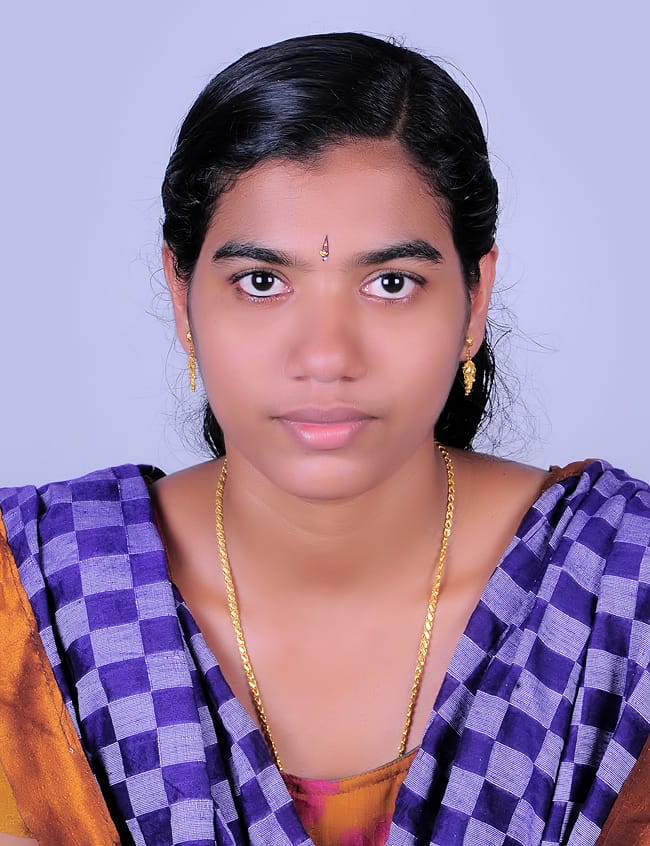
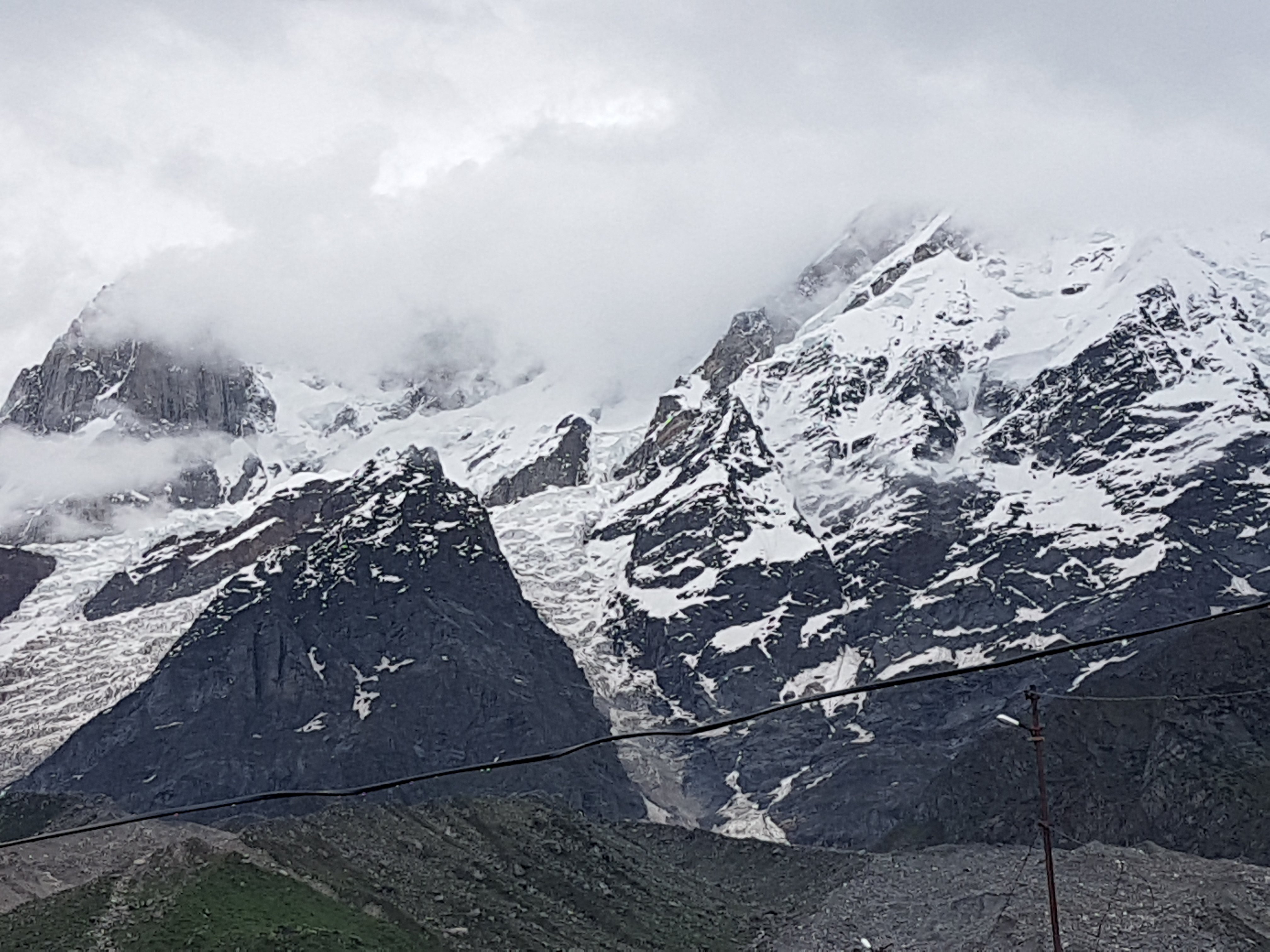
?>resources/frontend/assets/images/4.jpg)
